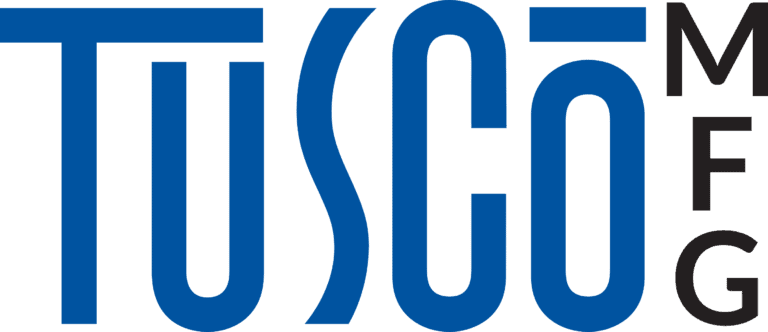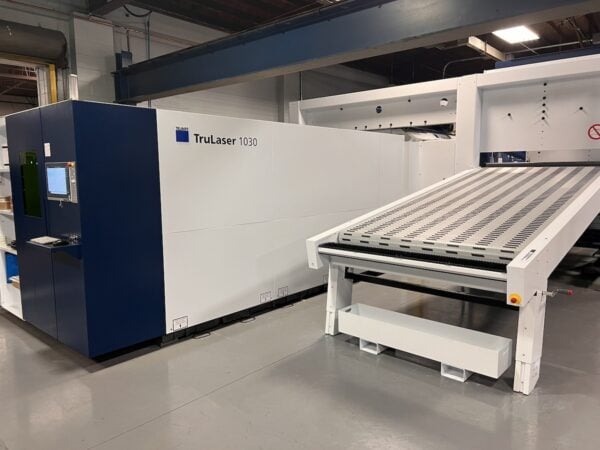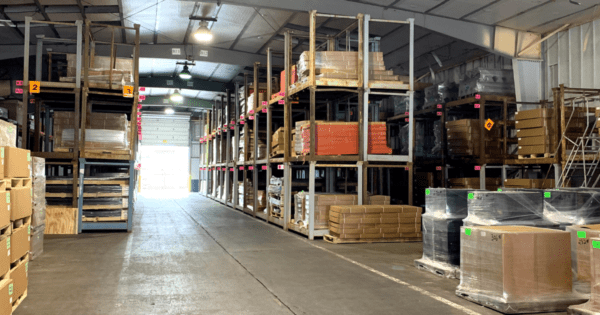Even though the US economy saw some growth in Q4 2023, inflation pressures subsiding and warnings of a looming recession being walked back, businesses continue to navigate a number of challenges, such as the impact of global political volatility on supply chains and constrained labor markets. Businesses remain under financial pressure and must be informed and selective when choosing a fabrication partner. For those requiring short and medium manufacturing runs for metal fabricated parts, the agility and efficiency of their manufacturing partner becomes not only a strategic advantage but a necessity.
The Importance of Production Run Efficiency
When you are choosing a metal fabrication partner for short to medium runs, considering production efficiency along with capabilities will ensure the value you receive is optimal. The critical nature of efficiency and its impact can be seen from the benefits it brings:
- Efficient processes reduce waste and lower production costs, making products more affordable.
- Streamlined production means products can be developed and delivered faster, providing a competitive advantage.
- Efficient short to medium runs allow for greater customization options, meeting specific customer needs without significant delays or extra costs.
- Maintaining efficiency ensures consistent quality control, as the time required for these activities is accounted for, and shortcuts are not taken to meet lead times.
When combined, these factors enhance satisfaction by delivering high-quality products quickly and at a better cost while meeting your needs.
Optimizing Flow for Greater Efficiency
Businesses are often concerned with lead times, and with good reason. Lead time is a critical metric in manufacturing, and when extended, projects may be delayed and costs increased. Conversely, shorter lead times are often a competitive advantage, allowing you to get your product into the market sooner and generate revenue. Lead time is directly impacted by the operational efficiency of the metal fabricator.
One way manufacturers can increase efficiency is to optimize flow. For small and medium production runs, the optimization of flow is vital, directly impacting cost, quality, and delivery time. A critical concept that plays a significant role in this optimization is takt time.
Takt time represents the pace at which products must be completed to meet customer demand. It is calculated by dividing the available production time by the number of units the customer requires. Production time is often considered the total duration of production activities, not including planned downtime. By aligning production speed with takt time, manufacturers ensure they produce enough products to fulfill orders on time.
Takt time shouldn’t be confused with cycle time, which is the average time it takes to complete a unit, but the two should be balanced. Simply stated takt time is what the manufacturer needs to do, and cycle time is what they can do. If cycle time is longer than takt time, customer demand won’t be met. If it is shorter, there will be inefficiency in the process. This alignment helps create a smooth, continuous flow of work, minimizing waste and maximizing efficiency.
If a product moves through multiple workstations, which is likely with metal fabrication, takt time provides the cadence for the flow. In theory, each workstation is organized to complete its part of the manufacturing process within the takt time. This ensures that every step of the production process is synchronized, allowing parts or products to flow smoothly from one workstation to the next without bottlenecks. In reality, not all tasks can be perfectly aligned with takt time due to variations in the complexity of parts and processes, staffing differences on shifts, cyclical demand, etc. Workstations must, therefore, be adaptable, with strategies in place to absorb variations without compromising the overall production schedule. Many manufacturers handle this by having flexible staffing arrangements, cross-training employees, strategically incorporating buffer times, or using other options.
In small and medium runs of metal fabricated parts, where orders might vary in size and complexity, takt time provides a flexible yet precise framework. It allows manufacturers to adjust their production lines quickly and efficiently to changes in order volume or product specifications, ensuring that resources are used most effectively.
Short and Medium Runs at TuscoMFG
At TuscoMFG, we specialize in short and medium run orders. By focusing on efficient flow, we can complete production orders on time. To achieve this, we optimize the flow and minimize downtime between our plant processes. While takt time is static for each project, we use state-of-the-art machinery and automation to balance our cycle times with takt time so that we can meet our customer’s lead time expectations.
Are you ready to partner with a metal fabricator that will help maximize the time and cost efficiency of your short- and medium-run orders? Contact us.




